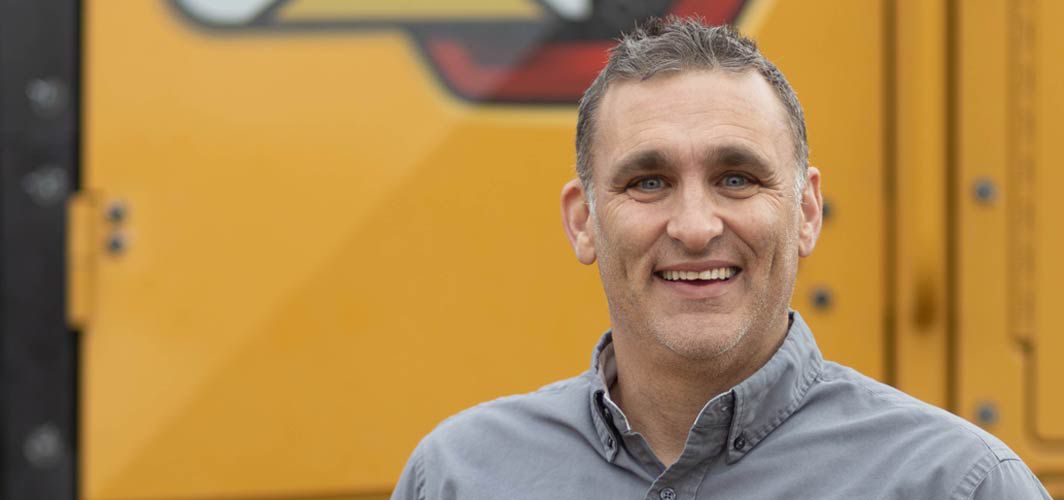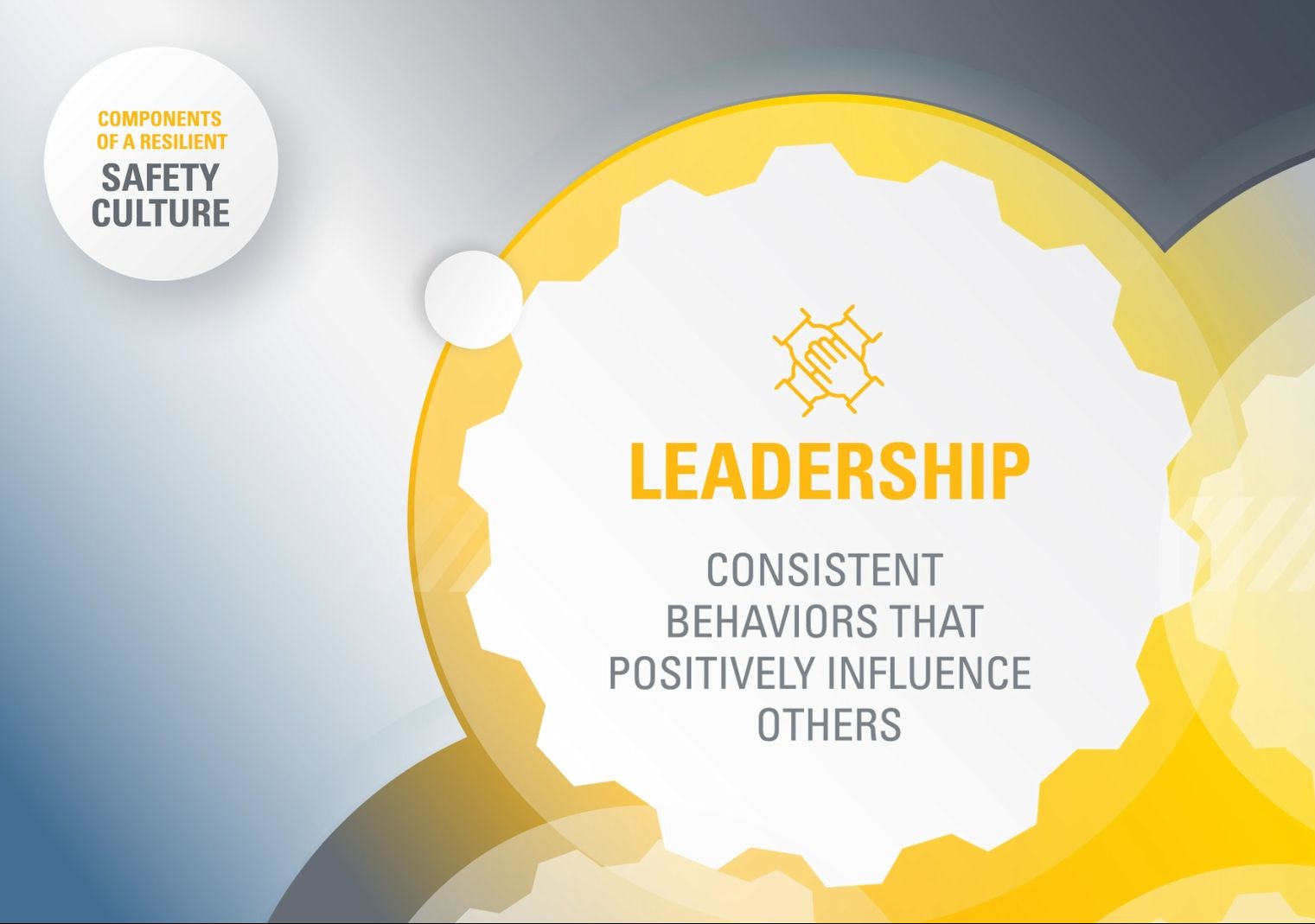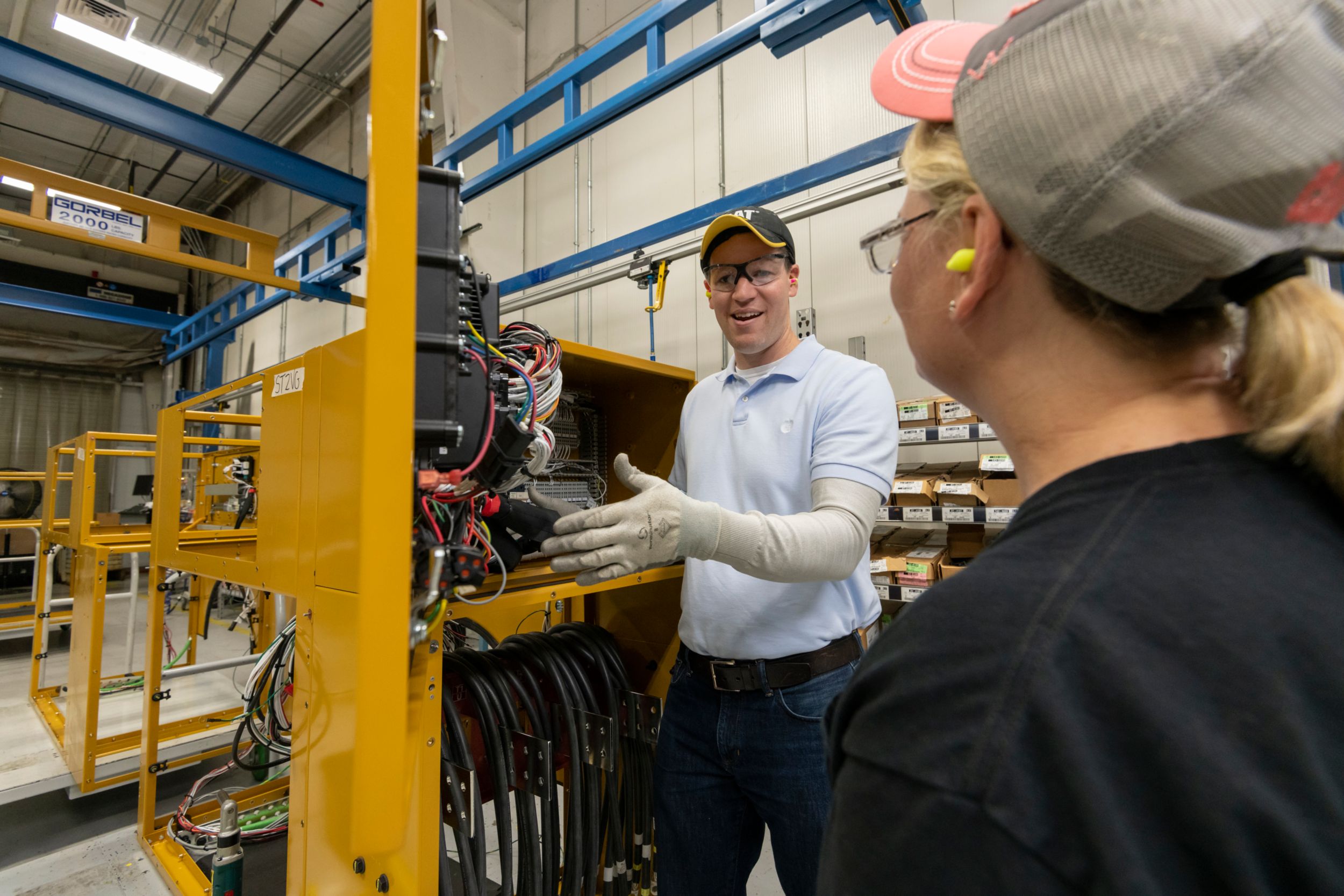

Sign In
Welcome! Sign In to personalize your Cat.com experience
If you already have an existing account with another Cat App, you can use the same account to sign in here
Register Now
One Account. All of Cat.
Your Caterpillar account is the single account you use to log in to select services and applications we offer. Shop for parts and machines online, manage your fleet, go mobile, and more.
Account Information
Site Settings
Security
Improve Your Leadership To Improve Your Safety Performance
Hear from a Caterpillar safety expert about the role leadership plays in building a resilient safety culture
Recently I was watching my favorite NFL team play our division rival. Our rookie quarterback dropped back and launched a deep pass to an open receiver in the end zone. Instead of hauling in a touchdown pass that would have been caught 90% of the time in the NFL, the receiver dropped the ball. In the postgame press conference, the quarterback took blame for the dropped pass, saying, “The fact that he got to it when I overthrew it was pretty impressive.”
Some have called this The Window and Mirror Leadership model. When great leaders have success they see windows (e.g. “we have a great team”), and when they face failure they see mirrors (e.g. “I should have done something differently.”).
At Caterpillar Safety Services, when we say LEADERSHIP is one of the key, interdependent components of a resilient safety culture, we’re talking about the specific things leaders say and do to establish and reinforce safety culture. In my work as a safety culture and leadership consultant, every leader I meet says that they want to keep their people safe. However, when I interview frontline employees, I hear many reports of leaders who focus only on production and efficiencies, or say nothing at all about safety, leaving their team wondering how important safety really is to their leader.

Here are four areas in which great leaders are using words and actions to proactively shape a resilient safety culture:
Pursue accountability proactively
I’ve heard leaders boast “I’m not afraid to tell my team when they screw up!” But great leaders don’t wait until something negative happens to measure performance and provide feedback. Rather, great leaders define clear expectations early, equip their people with training and resources, regularly observe performance, and continuously provide feedback. They frequently reinforce preferred behaviors with positive recognition. If missteps occur, they get curious and provide coaching or systematic support so the circumstances can be corrected before something more serious happens.
I ask workshop participants, “If my 17-year-old comes home five minutes after curfew and I say nothing, what happens next?” Everyone laughs. We all know that if I say nothing, he might come home even later the next night. “What if he comes in five minutes early? What should I do then?” I ask. Because I’ve been talking to them about accountability, they know that the right answer is that I say something, because I want him to know that I’m paying attention to his performance. It’s this constant feedback, steering him into the right behaviors, that help us avoid larger errors. On the job site, inattention to detail and the absence of real-time feedback can lead to significant injury or damage.
Create connections between the people they lead
The leaders I work with are busy, and frequently they supervise worksites stretching over dozens of square miles (or more!). They simply cannot have their eyes on everyone, everywhere, all the time. And that’s why great safety leaders are proactively building connections with their teams, touch points that generate confidence in the culture and motivate safe behavior even when the boss isn’t around.
And it’s not just building relational connections. It’s also connecting safety to every facet of the operation so there is no decision, operation or process completed that excludes safety considerations. If we say “be safe” at the beginning of the shift, then we need to reinforce that message throughout the day with conversations that keep safety at the forefront.
Demonstrate commitment to safety by continuously growing credibility
In 1945, the doubling rate of information was estimated to be around 25 years. Today, it’s estimated to be at 12 hours. And new AI technologies will only increase the speed at which we acquire new information about our processes. What does that mean for a leader? It means that what you need to know to maintain your credibility is constantly growing, so leaders must commit themselves to continuous learning – in leadership, process, quality, all facets of the operation.
I once had a workshop participant bravely raise his hand and ask, “What if I’m tired of learning new things?” If that’s true, it’s probably time for him to retire, because leaders must continually grow their knowledge and skill set to maintain credibility and guide people effectively. A great way to combine connectivity with credibility is to initiate safety learning from the experts in your business – the frontline employees who work amid hazards every day.
Build trust with the teams they lead
You don’t build trust by force of personality or by simply showing up. I imagine trust as a bank account. You make deposits by expressing individual care and concern for an employee (and their family), when you follow through on your commitments, and when you live out your values – especially when it costs you something. You withdraw from the account when you neglect to do these things or make decisions that adversely affect an individual.
Imagine your “trust accounts” with your team. Where do you stand? Are you making regular deposits into the trust account? Or is your account in the red? What specific actions are you taking to bring the balance of trust to your favor?
Effective safety leaders who are building a resilient safety culture aren’t just crossing their fingers, hoping the right kind of people come along who will make the culture great. Rather, they’re intentionally saying and doing things to create the preferred culture.
It was no accident that the rookie quarterback took the blame for a bad pass that never was. Instead, he was intentionally shielding his teammate and proactively working to create a culture where we don’t point blame when things go wrong. He was building trust with the receiver – and the rest of the team. He was choosing to be a great leader.


Charles Dean II
Senior Consultant
Charles Dean is a Senior Leadership and Culture Consultant for Caterpillar Safety Services. He works with Caterpillar facilities, Cat® dealers and external customers to create resilient safety cultures by guiding process improvement initiatives and facilitating leadership development. In his previous role in Global Dealer Learning, Charles taught sales and leadership courses in support of Cat® dealers worldwide. Charles is a second-generation Caterpillar employee (he bleeds yellow!), and he makes his home in Peoria, Ill., when he isn’t traveling the globe improving lives and bringing out the best in people. Follow Charles on LinkedIn at: https://www.linkedin.com/in/charles-dean/
GET THE LATEST FROM CATERPILLAR MINING DELIVERED RIGHT TO YOUR INBOX



